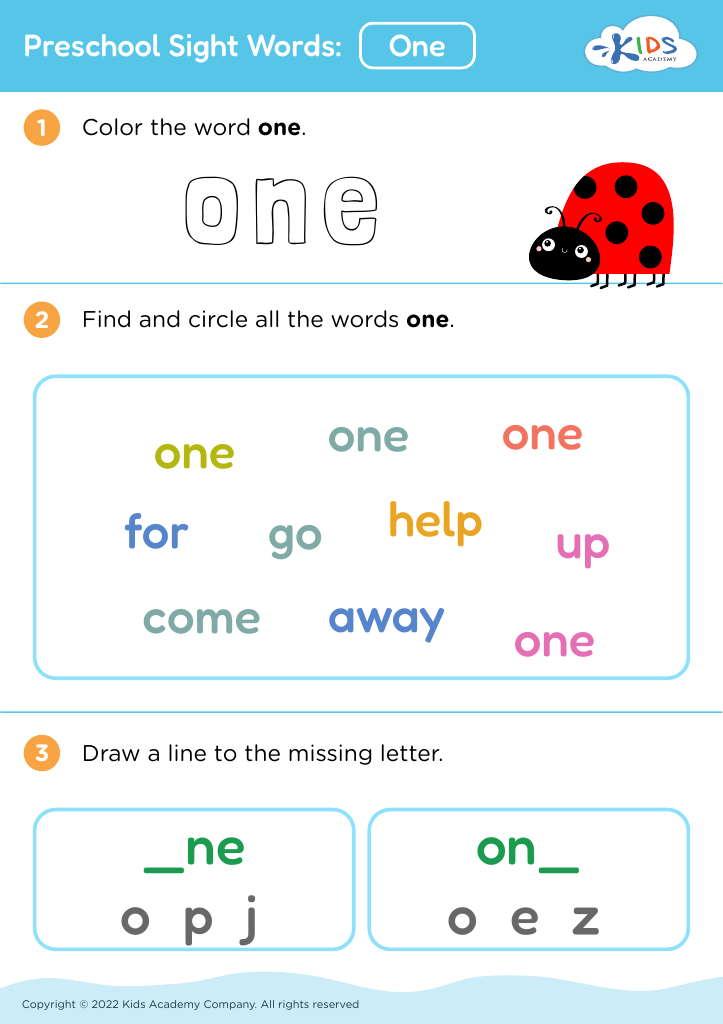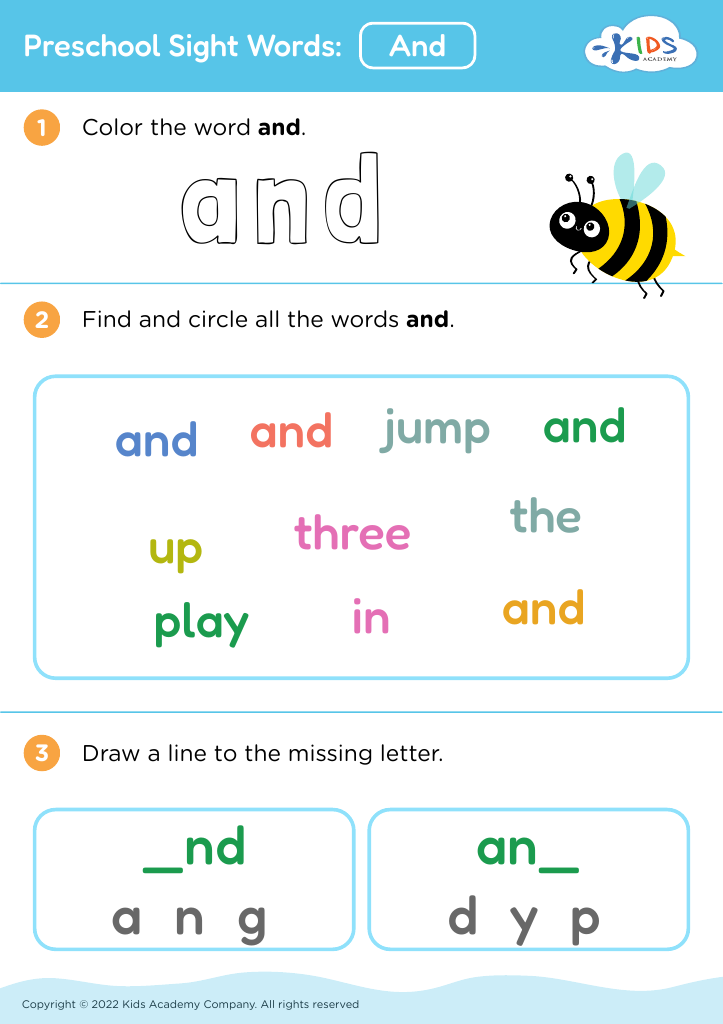Comparing Fractions Reading Worksheets for Ages 5-6
22 filtered results
-
From - To
Introducing our engaging "Comparing Fractions Reading Worksheets" designed specifically for young learners aged 5-6! These fun, interactive worksheets help preschoolers and kindergarteners develop essential math skills by learning to compare fractions visually and contextually. Through a variety of colorful activities, children will enhance their understanding of fractions, fostering early critical thinking and problem-solving skills. Each worksheet encourages intuitive learning, ensuring that kids grasp the concept through relatable examples. Perfect for home or classroom use, these resources not only make learning enjoyable but also promote shared educational experiences between parents and children. Get ready for a fraction of fun and understanding!
Parents and teachers should care about teaching children to compare fractions in the age range of 5-6 because it lays the foundation for critical mathematical understanding. At this developmental stage, children begin to grasp basic numerical concepts, and introducing fractions helps them develop a more nuanced appreciation for numbers and their relationships.
Learning to compare fractions enhances cognitive skills such as problem-solving and critical thinking. It encourages children to visualize and manipulate quantities, which is essential not just in math but in everyday situations, such as cooking or sharing snacks. Furthermore, test scores and future academic performance often reflect a student's grasp of foundational concepts like fractions.
Incorporating comparison activities—whether through visual aids, games, or real-life applications—can make learning engaging and provide practical insights into the concept of part-whole relationships. This nurtures an early love for math and builds the confidence necessary for tackling more complex subjects later on. By actively participating in their child's mathematical learning, parents and educators foster a collaborative learning environment that ultimately benefits the child's educational journey.











































